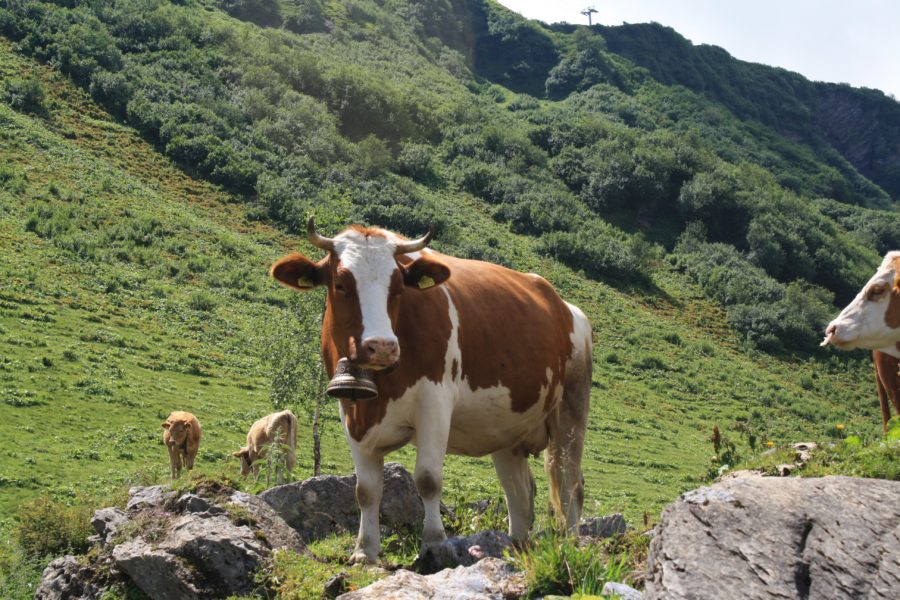Cattle produce approximately 78% of total livestock greenhouse gas emissions and are responsible for 14%–18% of human GHG.
But, according to a recent report by Global Change Biology, ranchers who focus on changes to their agriculture production methods and land use could reduce that number by as much as 50% in certain regions. Areas with the most significant reduction potential include the U.S. and Brazil.
RESEARCH IN FOCUS
A research team at Colorado State University synthesized 292 life cycle assessments and analyzed comparisons of “improved” versus “conventional” beef production systems across the U.S., Asia, Australia, Brazil, Canada, and Latin America.
Sites using carbon sequestration management on grazed lands showed a 46% reduction in net GHG emissions per unit of beef. Examples of carbon sequestration include using organic soil amendments and restoring trees and perennial vegetation to areas of degraded forests, riverbanks and woodlands, reported Meat+Poultry (April 7)
In Brazil specifically, researchers saw a 57% decrease in emissions by combining carbon sequestration techniques with more efficient cattle production strategies, including improved feed quality and better breed selections.
IMPLEMENTING CLIMATE-SMART POLICIES
A recent publication in Columbia University’s State of the Planet offers a comprehensive outline for encouraging food system greenhouse gas reduction on a federal level. The outline offers potential policy solutions across 11 critical areas of supply and demand, over half of which are tied to climate-smart agriculture.
As key players in the shift towards carbon neutrality, investing in farmers is a top priority. This can be achieved through incentivizing practices such as cover cropping and conservation tillage. With access to more efficient synthetic fertilizer, farmers could also store a tremendous amount of carbon in agricultural soils.
The USDA could also increase its current incentives programs by establishing a “carbon bank” as a funding source.
SUPPLY AND DEMAND: A CRITICAL BALANCE
Even if these climate-smart agricultural strategies could be fully applied on a global scale, the CSU report notes that, at the current trajectory of growth, beef demand will likely more than offset GHG emissions reductions and lead to further warming.
The most significant reduction will likely be achieved by blending supply-based initiatives with consumer-driven solutions, like encouraging plant-rich diets with 25% less beef protein and reducing food waste. These combined actions could reduce emissions by nearly 400 million tons of carbon dioxide equivalent (CO2e) by 2030, according to State of the Planet.











